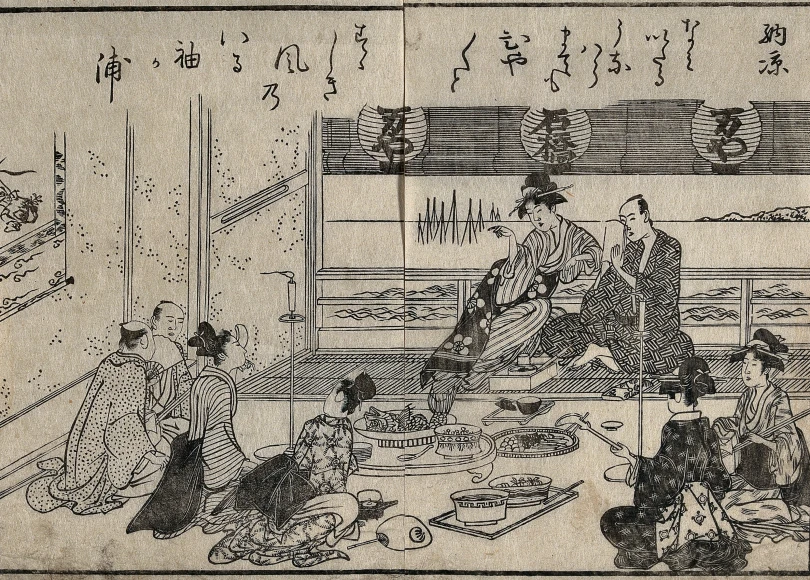Tea was introduced to Japan from China in the 9th century, primarily by Japanese Buddhist monks who had traveled to China and brought back tea seeds and knowledge of tea cultivation and preparation. The Japanese initially used tea for medicinal purposes, but over time, it became a popular beverage and an integral part of Japanese culture.
The Japanese tea ritual, also known as “chanoyu” or “sado,” is a traditional and highly ritualistic way of preparing and serving tea. It’s not just about consuming tea; it’s a form of art and a way to connect with others and with nature. There are different schools of tea ceremony in Japan, with the Urasenke and Omotesenke schools being the most well-known.
The most famous type of Japanese tea is matcha, a powdered green tea that plays a central role in the traditional tea ceremony. The cultivation and preparation of tea in Japan have evolved to create a distinct tea culture that continues to be influential both domestically and internationally.
Here is an overview of the Japanese tea ritual:
- Preparation: The host of the ceremony meticulously prepares for the tea gathering. This includes cleaning and setting up the tea room, selecting utensils, and choosing the appropriate tea leaves.
- Equipment: Various specialized utensils are used in the ceremony, including the tea bowl (chawan), tea whisk (chasen), tea scoop (chashaku), and tea caddy (natsume). These are typically made of ceramics, bamboo, or other natural materials.
- Tea Room: The tea room, known as a “chashitsu,” is a small, serene space designed for the ceremony. The room typically has a low entrance, called the “nijiriguchi,” which requires participants to bow or humble themselves before entering.
- Guest Seating: Guests sit in a specific arrangement on tatami mats. The guest of honor (usually the most respected or important person) sits closest to the tokonoma, an alcove where an artistic scroll or flower arrangement is displayed. Other guests sit in order of rank and importance.
- Kaiseki Meal: A light meal, known as “kaiseki,” is often served before the tea ceremony. It typically consists of small, artfully presented dishes.
- Temae (Tea Preparation): The host prepares and serves the tea in a specific manner. This involves precise movements and etiquette, with great attention to detail. The tea is made by whisking powdered matcha (green tea) with hot water.
- Tea Service: The host serves each guest a bowl of tea with a respectful bow. The guests, in turn, bow to the host, receive the tea, and take a sip. It is customary to compliment the host on the tea’s taste and appearance.
- Tea Sweets: Traditional sweets, known as “wagashi,” are often served with the tea. These sweets are carefully chosen to complement the flavor of the tea.
- Silence and Contemplation: The tea ceremony emphasizes mindfulness and tranquility. It’s a time for contemplation, and silence is often observed during the ceremony.
- Cleanup: After the tea is served, the host cleans and carefully stores the utensils. The guests can also appreciate the craftsmanship of the utensils.
- Farewell: The ceremony concludes with a respectful farewell, expressing gratitude to the host and the other guests.
The Japanese tea ceremony is not just about the act of drinking tea but also about the aesthetics, culture, and philosophy that surround it. It represents harmony, respect, purity, and tranquility, which are fundamental principles in Japanese culture. It’s a beautiful and contemplative tradition that allows participants to escape from the hustle and bustle of daily life and connect with one another in a meaningful way.
